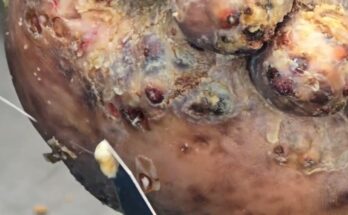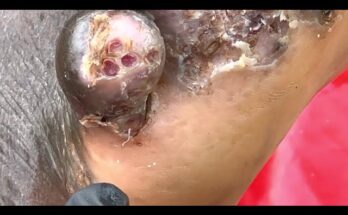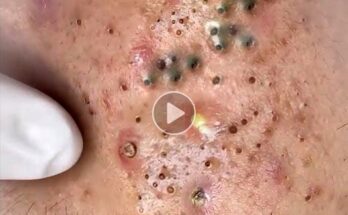Jigger Effects of Infestation: The Hidden Toll on Human Health
Jigger infestation—medically known as tungiasis—is caused by the sand flea Tunga penetrans, a tiny parasite that burrows into human skin. Though small in size, jiggers have a devastating impact on physical health, emotional well-being, and social life, especially in impoverished communities across sub-Saharan Africa, Latin America, and the Caribbean.
🦶 How Jiggers Invade the Skin
Jiggers live in dusty soil and unsanitary environments. The female flea penetrates the skin—usually on the feet, toes, or under toenails—and buries herself, leaving only the tip of her abdomen exposed. Inside the skin, she feeds on blood and lays eggs, causing:
- A small, painful lesion with a black dot
- Swelling and inflammation
- Intense itching and burning
- Ulceration and blistering
Over time, the flea swells to the size of a pea, and the surrounding tissue becomes inflamed and infected.
🔥 Physical Effects of Infestation
The effects of jigger infestation can be severe:
- Difficulty walking or using affected limbs
- Secondary bacterial infections
- Abscess formation and tissue necrosis
- Risk of tetanus or gangrene
- Permanent skin damage or deformity
In extreme cases, hundreds of jiggers may infest a single foot, leading to chronic pain and disability. Children are especially vulnerable, often missing school due to pain or stigma.
💔 Emotional and Social Impact
Jigger victims frequently suffer from:
- Shame and social isolation
- Bullying and ridicule
- Depression and anxiety
- Loss of income or education
The visible damage and foul odor from infected wounds can lead to rejection by peers and family members. Many victims withdraw from community life, feeling hopeless and forgotten.
🧼 Treatment and Prevention
There is no pill or cream to cure jigger infestation. Removal must be done manually—one flea at a time—using sterile tools. If done improperly, the process can worsen infection. Organizations like Sole Hope and Rise Up Society provide safe removal, hygiene education, and protective footwear.
Effective prevention includes:
- Wearing closed-toe shoes
- Washing feet daily with soap
- Sealing earthen floors with cement
- Treating infected animals
- Spraying insecticides in homes
Dimeticone-based products like NYDA® have also shown success in suffocating embedded fleas.



